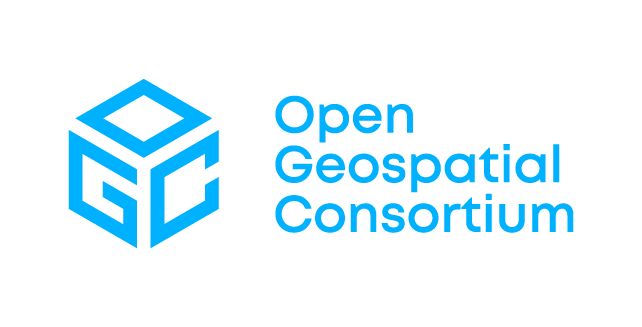Available Standards (3315)
Showing standards 3201 - 3315

Trial-Use Standard for a Quantum Algorithm Design and Development
This trial-use standard defines a standardized method for the design of quantum algorithms.
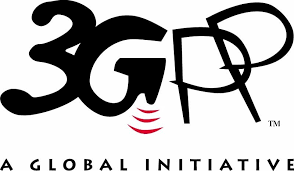
TS 22.278 V16.2.0 (2019-06)
An evolution of the overall 3GPP system is required to ensure competitiveness in a long-term time frame.

UML Profile for UN/CEFACT’s Modeling Methodology (UMM) Foundation Module Version 2.0 Technical Specification
The UMM, as described in this document, is the formal description technique for describing any Open-edi scenario as defined in ISO/IEC 14662 “Open-edi reference model”

United Nations Code for Trade and Transport Locations
The UN/LOCODE, in full: United Nations Code for Trade and Transport Locations, is an international five-letter code for places in countries around the world, which replaces the full place name.

United Nations Code List
A list of all code sets associated with coded data elements, see also UNECE Code List recommendations.

United Nations Core Component Library version 22A
The UN Core Component Library (CCL) is a library of business semantics in a data model which is harmonised, audited and published by UN/CEFACT.
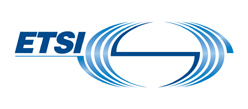
Universal Communications Identifier (UCI); Improving communications for disabled, young and elderly people
The production of a taxonomy of all disability, ageing and youth issues that could be addressed by UCI based systems and relating these to requirements for elements in the UCI additional informatio

Use case and functional requirements for Inter-Cloud Computing
Use case and functional requirements for Inter-Cloud Computing (The Global Inter-Cloud Technology Forum is discontinued).

User Centric Approach: Guidance for users; Best practices to interact in the Digital Ecosystem
User Centric-User
This work item will define guidance to the user in order to build his/her own service composition with the expected and relevant quality of experience (QoE) and to ensure his/her data privacy

User Centric Approach; Guidance for providers and standardization makers
The present document defines guidance to the providers and standard makers to ensure that each service component is provided with the information needed by the user to make an informed choice.

User centric approach; Qualification of the interaction with the digital ecosystem
The present document describes the service provision to be addressed by designers and implementers of the digital ecosystem to ensure that the means by which users interact with the digital ecosyst

User Group; Collection of user requirements from visually impaired people for e-accessibility to ICT products and services
Identification of use cases for visually impaired people for e-access to ICT products and services but also use cases to allow users to interact with machines or equipment (e.g.

User Group; User centric approach in Digital Ecosystem
The goal of this TR is to consider Digital Ecosystem through user's point of view under the following two directions:

User Group; User Centric Approach; Guidance for providers and standardization makers. User Centric-Providers
This work item will define guidance to the providers and standard makers to ensure that each service component is provided with the information needed by the user to make an informed choice.
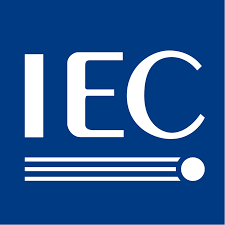
User interfaces
Standardization in the field of user-system interfaces in information and communication technology (ICT) environments and support for these interfaces to serve all users, including people having ac
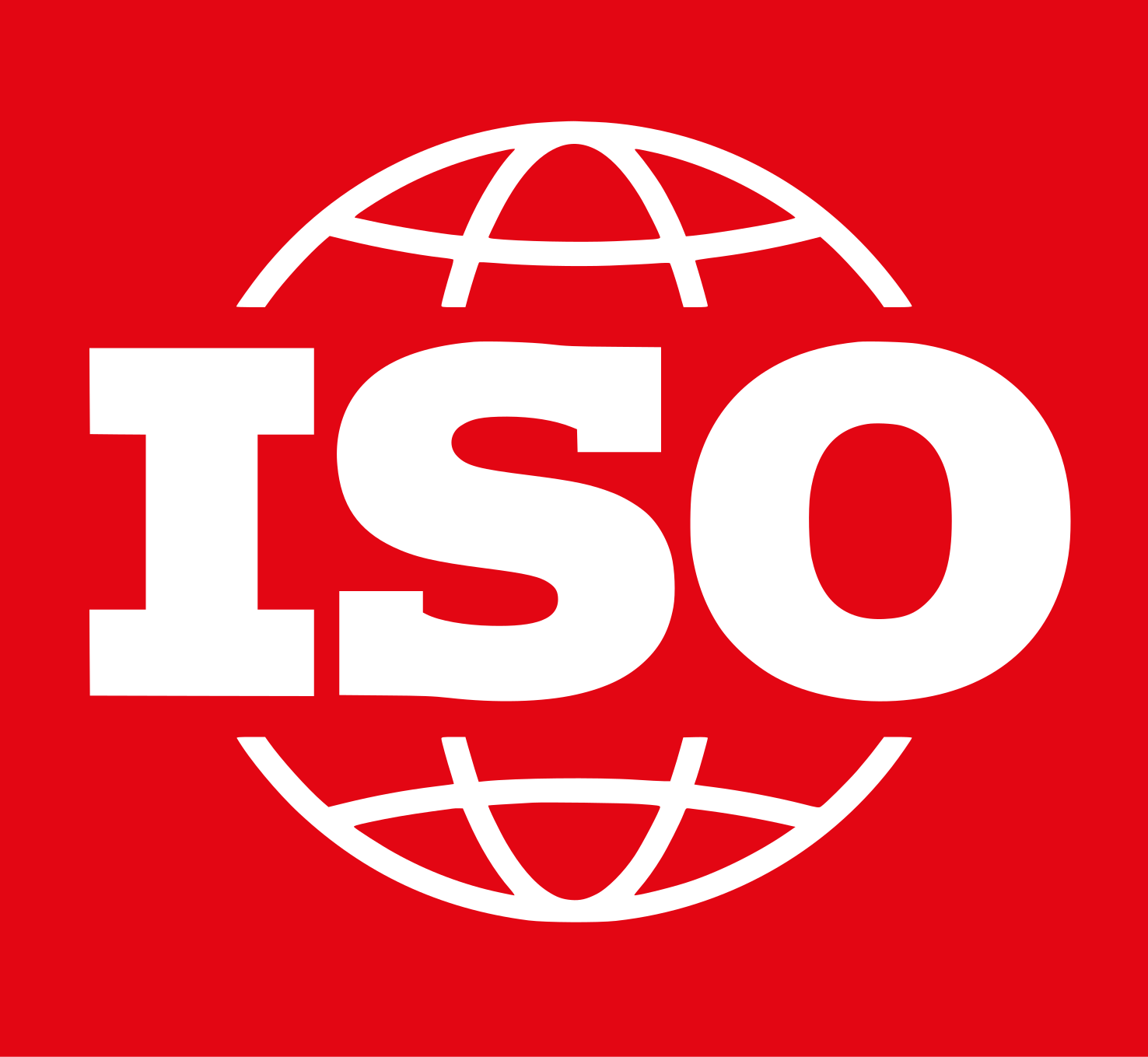
User interfaces
Standardization in the field of user-system interfaces in information and communication technology (ICT) environments and support for these interfaces to serve all users, including people having ac

User’s Quality of Experience (QoE) on Multimedia Conferencing Services - Part 1: General
This Technical Report describes general considerations to be taken for measurement of user’s Quality of Experience (QoE) on multimedia conferencing services.
VAR Ontology
semantic approach which is able to adapt the workplace in real time to the production context and operators' characteristics

Variation Ontology (VARIO)
Variation Ontology, VariO, is an ontology for standardized, systematic description of effects, consequences and mechanisms of variations.

Vehicle Signal Specification ontology
VSSo derives from the automotive standard VSS, and follows the SSNpattern for representing observations and actuations. VSSo defines car components, sensors, signals, etc.
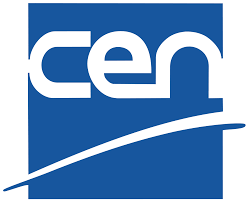
Vehicle to grid communication interface - Part 1: General information and use-case definition
This document, as a basis for the other parts of the ISO 15118 series, specifies terms and definitions, general requirements and use cases for conductive and wireless HLC between the EVCC and the S

Vehicle to grid Communication interface - Part 3: Physical and data link layer requirements
ISO 15118-3:2015 specifies the requirements of the physical and data link layer for a high-level communication, directly between battery electric vehicles (BEV) or plug-in hybrid electric vehicles

Vehicle to grid communication interface - Part 4: Network and application protocol conformance test
ISO 15118-4:2018 specifies conformance tests in the form of an Abstract Test Suite (ATS) for a System Under Test (SUT) implementing an EVCC or SECC according to ISO 15118-2.

Vehicle to grid communication interface - Part 5: Physical layer and data link layer conformance test
ISO 15118-5:2018 specifies conformance tests in the form of an Abstract Test Suite (ATS) for a System Under Test (SUT) implementing an Electric Vehicle or Supply Equipment Communication Controller

Vehicle to grid communication interface - Part 8: Physical layer and data link layer requirements for wireless communication
ISO 15118-8:2018 specifies the requirements of the physical and data link layer of a wireless High Level Communication (HLC) between Electric Vehicles (EV) and the Electric Vehicle Supply Equipment

Vehicle-to-grid communication Interface - Part 2: Network and application protocol requirements
ISO 15118-2:2014 specifies the communication between battery electric vehicles (BEV) or plug-in hybrid electric vehicles (PHEV) and the Electric Vehicle Supply Equipment.

Vehicular Communications; GeoNetworking; Part 1: Requirements
The present document specifies, at an abstract level, the general, functional and performance requirements that apply to the GeoNetworking protocols (EN 302 636-4 [i.1], EN 302 636-5 [i.2] and EN 3

Verifiable Claims Working Group
It is currently difficult to express banking account information, education qualifications, healthcare data, and other sorts of machine-readable personal information that has been verified by a 3rd

Verifiable Credential Data Integrity 1.0
A protocol to ensure the integrity of VC and can be used for Third Pary Credentials or Product Information issued as VCs.

Verifiable Credentials Data Model v1.1
VCs are often related to DIDs to describe an identifier (e.g. a product or organisation)

Verifiable Credentials JSON Schema
This specification provides a mechanism for the use of JSON Schemas with Verifiable Credentials.
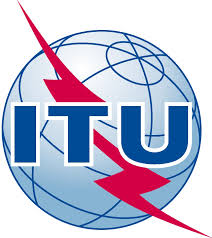
Virtual Business Gateway
Virtual Business Gateway. This Technical Report specifies architecture and requirements for the virtual business gateway.

Virtual Desktop Requirements
Virtual desktop services enable enterprise IT organizations to logically centralize desktop resources so as to reduce desktop management costs and support any-device, any-network access to desktops
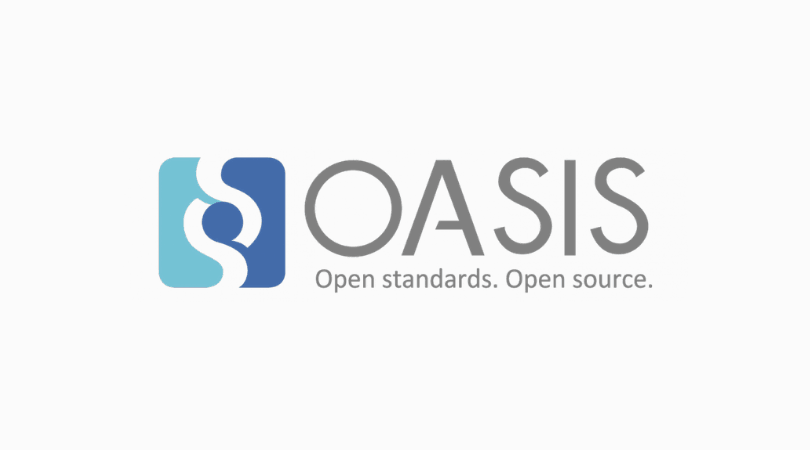
Virtual I/O Device (VIRTIO) Version 1.1
This standard describes the specifications of the “virtio” family of devices.

Virtual Reality (VR) media services over 3GPP
The scope of the present document is to investigate the relevance of Virtual Reality in the context of 3GPP.
Virtual Reality (VR) profiles for streaming applications
The present document defines interoperable formats for Virtual Reality for streaming services.
Virtual Reality (VR) streaming interoperability and characterization
The present document provides reference test material and test results for improved usability of technologies in TS 26.118: Virtual Reality (VR) profiles for streaming applications.
Vocabulary for smart cities and communities
Recommendation ITU-T Y.4051 contains vocabulary applied to the work on smart cities and communities (SC&C).

Vocabulary of GS1 SmartSearch
A predecessor of GS1 Web Vocabulary, specifically targeted at search optimization

Vulnerability disclosure
In the contexts of information technology and cybersecurity, a vulnerability is a behaviour or set of conditions present in a system, product, component, or service that violates an implicit or exp

Vulnerability disclosure
In the contexts of information technology and cybersecurity, a vulnerability is a behaviour or set of conditions present in a system, product, component, or service that violates an implicit or exp

W3C Semantic Sensor Network Ontology
The Semantic Sensor Network (SSN) ontology is an ontology for describing sensors and their observations, the involved procedures, the studied features of interest, the samples used to do so, and th

W3C Thing Description (TD) Ontology
The Thing Description (TD) ontology is an RDF axiomatization of the TD information model, one of the building blocks of the Web of Things (WoT).

WACI-DIDComm Interop Profile
A DIDComm 2 Profile for supporting the Wallet and Credential Interaction (WACI) Protocols for both Issuance and Presentation Exchange.
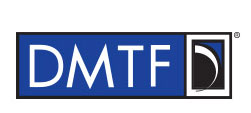
WBEM Discovery Using the Service Location Protocol (SLP)
This specification describes an efficient method for WBEM Clients to discover WBEM Servers a

Web Application Security Working Group
The mission of the Web Application Security Working Group is to develop security and policy mechanisms to improve the security of Web Applications, and enable secure cross-site communication.

Web Applications Working Group (WebApps WG)
The mission of the Web Applications Working Group (WebApps WG) is to produce specifications that facilitate the development of client-side web applications.

Web Authentication Working Group
The mission of the Web Authentication Working Group, in the Security Activity is to define a client-side API providing strong authentication functionality to Web Applications.

Web Authentication: An API for accessing Public Key Credentials Level 1
This specification defines an API enabling the creation and use of strong, attested, scoped, public key-based credentials by web applications, for the purpose of strongly authenticating users.

Web Authentication: An API for accessing Public Key Credentials Level 2
This specification defines an API enabling the creation and use of strong, attested, scoped, public key-based credentials by web applications, for the purpose of strongly authenticating users.

Web Cryptography API
This specification describes a JavaScript API for performing basic cryptographic operations in web applications, such as hashing, signature generation and verification, and encryption and decryptio

Web Fonts Working Group
The mission of the Web Fonts Working Group is to develop specifications that allow the interoperable deployment of downloadable fonts on the Web.

Web of Things Working Group
The Web of Things seeks to counter the fragmentation of the IoT through standard complementing building blocks (e.g., metadata and APIs) that enable easy integration across IoT platforms and applic

Web Payments Working Group
The mission of the Web Payments Working Group is to make payments easier and more secure on the Web. The group seeks to:

Web Performance Working Group
The mission of the Web Performance Working Group is to provide methods to measure aspects of application performance of user agent features and APIs.

Web Platform Working Group
The mission of the Web Platform Working Group is to continue the development of the HTML language and provide specifications that enable improved client-side application development on the Web, inc

Web Real-Time Communications Working Group
The mission of the Web Real-Time Communications Working Group is to define client-side APIs to enable Real-Time Communications in Web browsers.

Web Services Agreement Specification (WS-Agreement) Errata Update
This document describes Web Services Agreement Specification (WS-Agreement), a Web Services protocol for establishing agreement between two parties, such as between a service provider and consumer,

Web Services for Management (WS-Management) Specification
ISO/IEC 17963 describes a Web services protocol based on SOAP for use in management‑specific domains.

Web Services for Management (WS-Management) Specification
ISO/IEC 17963 describes a Web services protocol based on SOAP for use in management‑specific domains.

WebAssembly Working Group
The mission of the WebAssembly Working Group is to standardize a size- and load-time-efficient format and execution environment, allowing compilation to the web with consistent behavior across a va

WebSocket Protocol Binding (oneM2M TS-0020 version 2.0.0 Release 2)
The present document specifies the binding of Mca and Mcc primitives onto the WebSocket binding. It specifies:

Well Known DID Configuration
A specification to connect DIDs with existing and estabilished and trusted security mechanisms, e.g. to connect the DID controller with the X.509 cert controller of a domain.

WG 3 - Cloud Computing Fundamentals
Standardization in the areas of Cloud Computing and Distributed Platforms including:

WG 3 - Cloud Computing Fundamentals
Standardization in the areas of Cloud Computing and Distributed Platforms including:

Wireless Backhaul Network and Services Automation:SDN SBI YANG models
The present document provides information about the standardized YANG data models as they have been developed within IETF, IEEE and ONF to be used in a use cases-driven a

Wireless mesh networking - Communication systems for meter data exchange
Produce and maintain standards for meter data exchange protocols, for use over short range wireless networks with meshing functionality.

Wireless Regional Area Networks
Recipient of the IEEE SA Emerging Technology Award

WS-Agreement Negotiation Version 1.0
This document describes the Web Services Agreement Negotiation Specification (WS-Agreement Negotiation), a Web Services protocol for negotiating agreement offers between two parties, such as betwee

X.1712 (Security requirements and measures for QKD networks - key management)
Recommendation ITU-T X.1712 specifies security threats and security requirements for key management in quantum key distribution networks (QKDNs), and then it specifies security measures of key mana

X.sec-QKDN-tn (Security requirements and designs for quantum key distribution networks - trusted node)
The objective of this Recommendation is to provide guidance on security requirements for trusted nodes in QKD networks.

X.sec_QKDN_intrq
For quantum key distribution networks (QKDN), Recommendation ITU-T X.sec_QKDN_intrq specifies security requirements for integration of QKDN with various user networks (e.g., storage, cloud, sensor,

XACML REST Profile Version 1.1
This specification defines a profile for the use of the OASIS eXtensible Access Co

XSD Schema
This specification defines a business‐oriented artefact either referencing (as a header) or containing (as an envelope) a payload of one or more business documents or other artefacts with supplemen

Y.4200 - Requirements for the interoperability of smart city platforms
Recommendation ITU-T Y.4200 defines the requirements for the interoperability of a smart city platform (SCP) and its reference points in order to ensure the correct functioning of city services.

Y.4201 - High-level requirements and reference framework of smart city platforms
This Recommendation defines the reference framework and high-level requirements of smart city platforms.

Y.4456 - Requirements and functional architecture for smart parking lots in smart cities
Smart parking lots (SPLs) integrate parking information to enable the coordination of parking facilities within smart cities. SPLs work with other systems to provide various parking services.

Y.4457 - Architectural framework for transportation safety services
This Recommendation addresses a transportation safety management model that describes disaster management steps based on Internet of things (IoT) technologies in order to reduce damage from disaste

Y.4805 - Identifier service requirements for the interoperability of smart city
applications
Recommendation ITU-T Y.4805 specifies a set of requirements for identifier services in smart city applications with a view to ensure that such systems are interoperable and secure.

Y.4904 - Smart sustainable cities maturity model - ITU
This Recommendation contains a maturity model for smart sustainable cities.

Y.4905 - Smart sustainable city impact assessment
Recommendation ITU-T Y.4905 is a holistic impact framework for the assessment of smart and sustainable cities to address the effects of digital innovation on social, economic and environmental issu

Y.4906 - Assessment framework for digital transformation of sectors in smart cities
The ultimate objective of this Recommendation is to enhance the sustainability of identified priority sectors in smart cities, in order to optimise economic, environmental and social benefits.Citie

Y.4907 - Reference architecture of blockchain-based unified KPI data management for smart sustainable cities
This Recommendation introduces the concept of blockchain-based unified key performance indicator data management for smart sustainable cities (BKDMS), analyses its common characteristics and high-l

Y.4908 - Performance evaluation frameworks of e-health systems in the Internet of things
Currently e-health systems are being implemented by governments and stakeholders to increase the effectiveness, efficiency and the quality of health care services.

Y.AI-DECCS Functional architecture of AI enabled device-edge-cloud collaborative services for IoT and smart city
This Recommendation specifies Functional architecture of AI enabled device-edge-cloud collaborative services for IoT and smart city.

Y.CDML-arc Reference architecture of collaborative decentralized machine learning for intelligent IoT services
This recommendation aims to propose the reference architecture of collaborative decentralized machine learning for intelligent IoT services.

Y.dec-IoT-arch Decentralized IoT communication architecture based on information centric networking and blockchain
This Recommendation describes a decentralized, IoT communication reference architecture based on ICN and blockchain.

Y.IoT-DES-fr Framework of decentralized service by using DLT and edge computing technologies for IoT devices
This draft Recommendation introduces a decentralized service by using DLT and edge computing technologies for IoT devices, and analyses its characteristics and high-level requirements, and provides

Y.IoT-DSE-arc Reference architecture of service exposure for decentralized services for IoT applications
This draft Recommendation introduces a concept of service exposure for decentralized services (DSE) for IoT applications, analyses its common characteristics and high-level requirements, and provid

Y.QKDN-qos-ml-req (Requirements of machine learning based QoS assurance for quantum key distribution networks) - DRAFT
This recommendation specifies requirements of machine learning based QoS assurance for the quantum key distribution networks (QKDN).

Y.QKDN_BM: "Business role-based models in Quantum Key Distribution Network" - DRAFT
Y.QKDN_BM: "Business role-based models in Quantum Key Distribution Network"

Y.RA-FML Requirements and reference architecture of IoT and smart city and community service based on federated machine learning
This Recommendation defines the reference architectural framework and requirements of IoT and Smart City and Community services based on federated machine learning.

Y.scdt-reqtsRequirements and capabilities of a digital twin system for smart cities
This Recommendation provides concept of digital twin federation and defines requirements for digital twin federation in smart cities and communities.

ITU-T Study Group 12 - Performance, QoS and QoE
ITU-T Study Group 12 is the expert group responsible for the development of international standards (ITU-T Recommendations) on performance, quality of service (QoS) and quality of experience (QoE).

ITU-T Study Group 5 - Environment and circular economy
ITU-T Study Group 5 (SG5) is responsible for studies on methodologies for evaluating ICT effects on climate change and publishing guidelines for using ICTs in an eco-friendly way.
